(4)是钩子函数?
钩子函数是Windows消息处理机制的一部分,通过设置“钩子”,应用程序可以在系统级对所有消息、事件进行过滤,访问在正常情况下无法访问的消息。钩子的本质是一段用以处理系统消息的程序,通过系统调用,把它挂入系统 --- 百度百科的定义
Posted 不要被骄傲遮蔽了双眼
tags:
篇首语:本文由小常识网(cha138.com)小编为大家整理,主要介绍了9-[多线程] 进程池线程池相关的知识,希望对你有一定的参考价值。

介绍 官网:https://docs.python.org/dev/library/concurrent.futures.html concurrent.futures模块提供了高度封装的异步调用接口 ThreadPoolExecutor:线程池,提供异步调用 ProcessPoolExecutor: 进程池,提供异步调用 Both implement the same interface, which is defined by the abstract Executor class.
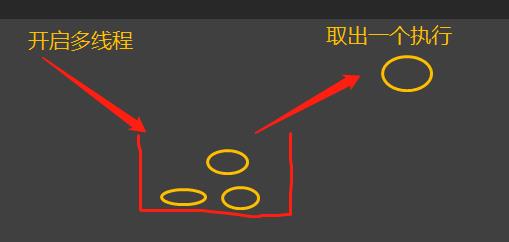
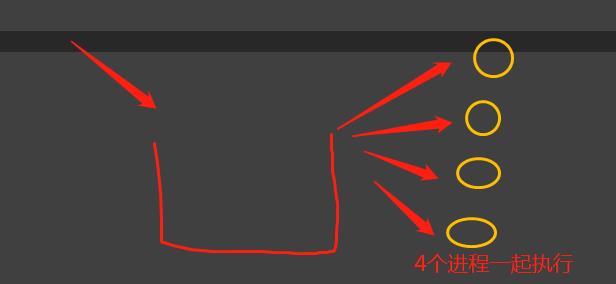
1、submit(fn, *args, **kwargs) 异步提交任务 2、map(func, *iterables, timeout=None, chunksize=1) 取代for循环submit的操作 3、shutdown(wait=True) 相当于进程池的pool.close()+pool.join()操作 wait=True,等待池内所有任务执行完毕回收完资源后才继续 wait=False,立即返回,并不会等待池内的任务执行完毕 但不管wait参数为何值,整个程序都会等到所有任务执行完毕 submit和map必须在shutdown之前 4、result(timeout=None) 取得结果 5、add_done_callback(fn) 回调函数
The ProcessPoolExecutor class is an Executor subclass that uses a pool of processes to execute calls asynchronously.
ProcessPoolExecutor uses the multiprocessing module, which allows it to side-step the Global Interpreter Lock but also means that only picklable objects can be executed and returned. class concurrent.futures.ProcessPoolExecutor(max_workers=None, mp_context=None) An Executor subclass that executes calls asynchronously using a pool of at most max_workers processes. If max_workers is None or not given, it will default to the number of processors on the machine. If max_workers is lower or equal to 0, then a ValueError will be raised.
from concurrent.futures import ProcessPoolExecutor, ThreadPoolExecutor import os import time def task(name): print(\'%s is running 《pid: %s》\' % (name, os.getpid())) time.sleep(2) if __name__ == \'__main__\': # p = Process(target=task, args=(\'子\',)) # p.start pool = ProcessPoolExecutor(4) # 进程池max_workers:4个 for i in range(10): # 总共执行10次,每次4个进程的执行 pool.submit(task, \'子进程%s\' % i) print(\'主\')
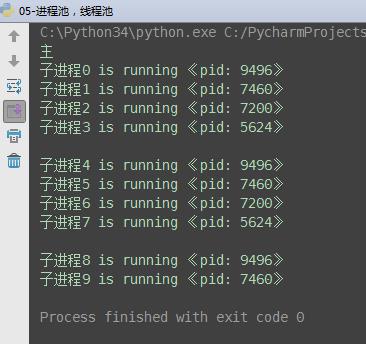

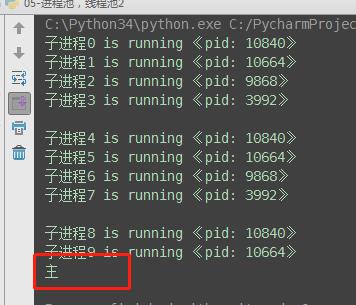
ThreadPoolExecutor is an Executor subclass that uses a pool of threads to execute calls asynchronously. class concurrent.futures.ThreadPoolExecutor(max_workers=None, thread_name_prefix=\'\') An Executor subclass that uses a pool of at most max_workers threads to execute calls asynchronously. Changed in version 3.5: If max_workers is None or not given, it will default to the number of processors on the machine, multiplied by 5, assuming that ThreadPoolExecutor is often used to overlap I/O instead of CPU work and the number of workers should be higher than the number of workers for ProcessPoolExecutor. New in version 3.6: The thread_name_prefix argument was added to allow users to control the threading. Thread names for worker threads created by the pool for easier debugging.
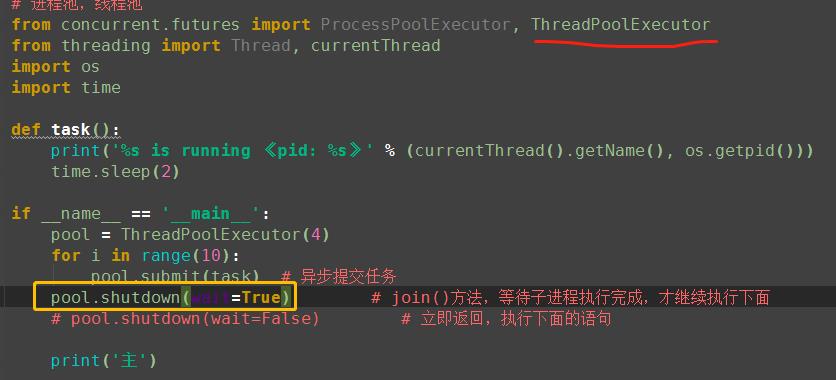
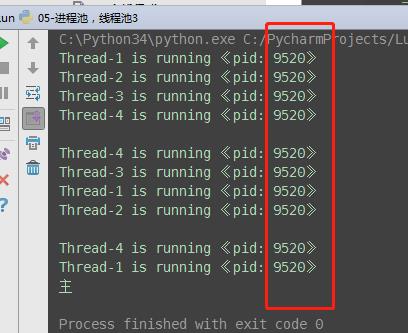
from concurrent.futures import ThreadPoolExecutor,ProcessPoolExecutor import os,time,random def task(n): print(\'%s is runing\' %os.getpid()) time.sleep(random.randint(1,3)) return n**2 if __name__ == \'__main__\': executor=ThreadPoolExecutor(max_workers=3) # for i in range(11): # future=executor.submit(task,i) executor.map(task,range(1,12)) #map取代了for+submit

(1)提交任务的两种方式
# 提交任务的两种方式 # 1、同步调用 提交完任务后,拿到结果,再执行下一行代码,导致程序是串行执行 # 2、异步调用 提交完任务后,不用等待任务执行完毕
(2)同步调用
from concurrent.futures import ThreadPoolExecutor import time import random # 吃饭 def eat(name): print(\'%s is eat\' % name) time.sleep(random.randint(1,5)) ret = random.randint(7, 13) * \'#\' return {\'name\': name, \'ret\': ret} # 称重 def weight(body): name = body[\'name\'] size = len(body[\'ret\']) print(\'%s 现在的体重是%s\' %(name, size)) if __name__ == \'__main__\': pool = ThreadPoolExecutor(15) rice1 = pool.submit(eat, \'alex\').result() # 取得结果 # 执行函数eat weight(rice1) # 执行函数weight rice2 = pool.submit(eat, \'jack\').result() weight(rice2) rice3 = pool.submit(eat, \'tom\').result() weight(rice3)
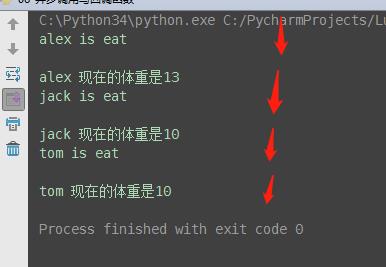
(2)同步调用2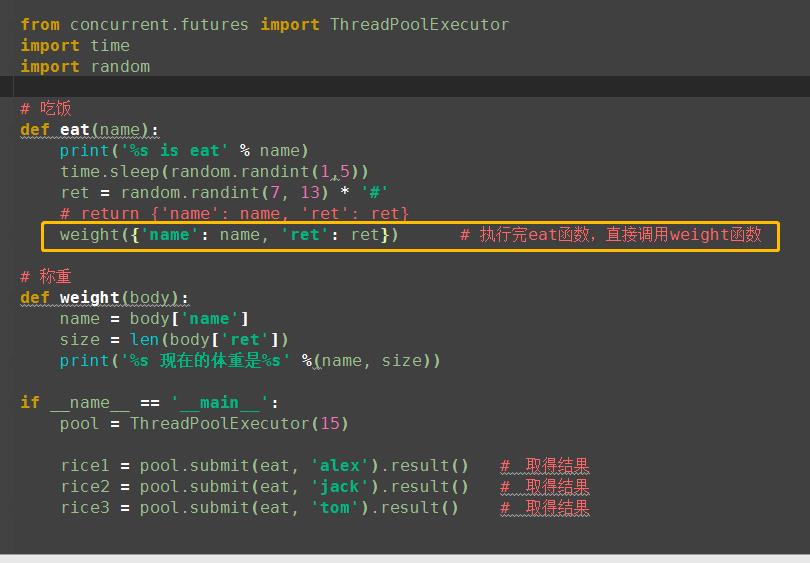
(3)回调函数

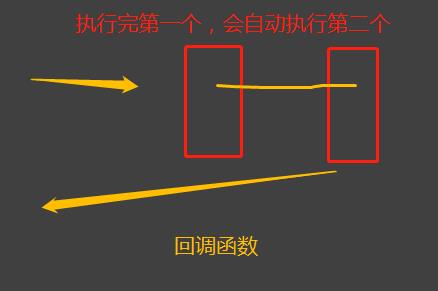

钩子函数是Windows消息处理机制的一部分,通过设置“钩子”,应用程序可以在系统级对所有消息、事件进行过滤,访问在正常情况下无法访问的消息。钩子的本质是一段用以处理系统消息的程序,通过系统调用,把它挂入系统 --- 百度百科的定义
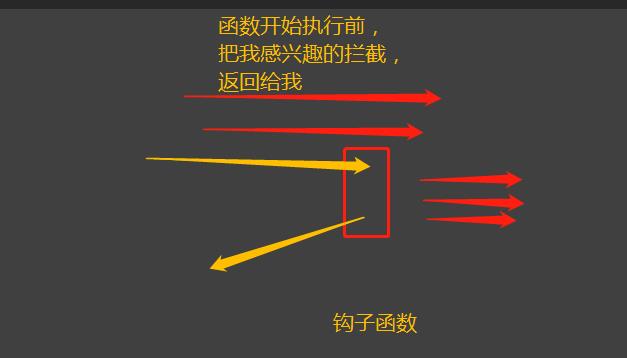
对于前端来说,钩子函数就是指再所有函数执行前,我先执行了的函数,即 钩住 我感兴趣的函数,只要它执行,我就先执行。此概念(或者说现象)跟AOP(面向切面编程)很像
(1)requests模块
import requests # 输入网址,得到网址的源代码 response = requests.get(\'http://www.cnblogs.com/venicid/p/8923096.html\') print(response) # 输出<Response [200]> print(response.text) # 以文本格式输出
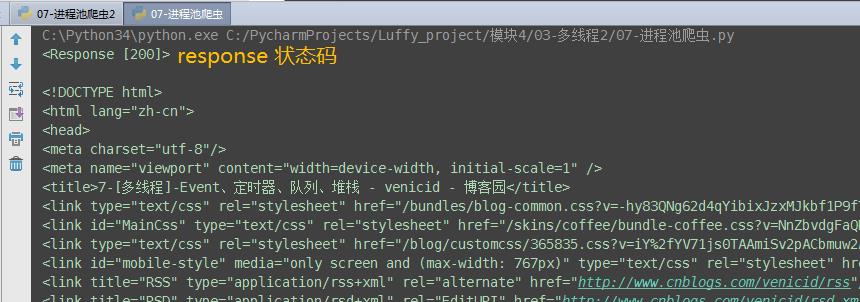
(2)线程池爬虫
import requests import time from concurrent.futures import ThreadPoolExecutor # 输入网址,得到网址的源代码 def get_code(url): print(\'GET \', url) response = requests.get(url) time.sleep(3) code = response.text return {\'url\': url, \'code\': code} # 打印源代码的长度 def print_len(ret): ret = ret.result() url = ret[\'url\'] code_len = len(ret[\'code\']) print(\'%s length is %s\' % (url, code_len)) if __name__ == \'__main__\': url_list = [ \'http://www.cnblogs.com/venicid/default.html?page=2\', \'http://www.cnblogs.com/venicid/p/8747383.html\', \'http://www.cnblogs.com/venicid/p/8923096.html\', ] pool = ThreadPoolExecutor(2) for i in url_list: pool.submit(get_code, i).add_done_callback(print_len) pool.map(get_code, url_list)
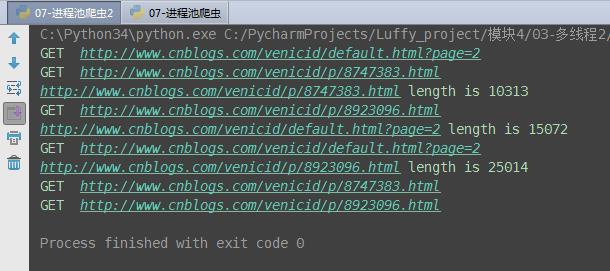
以上是关于9-[多线程] 进程池线程池的主要内容,如果未能解决你的问题,请参考以下文章